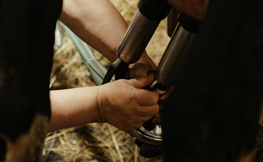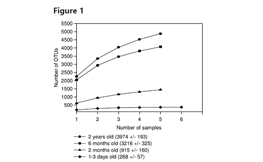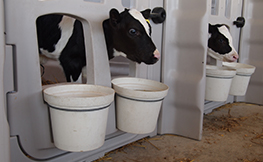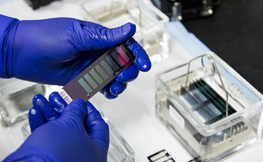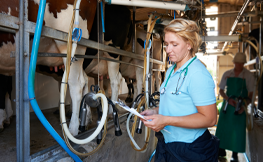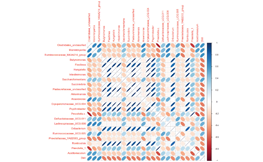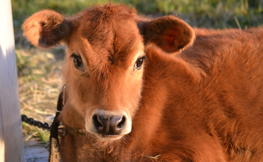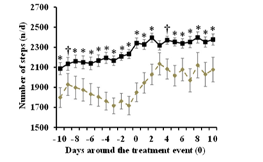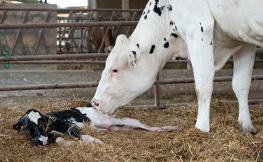This research suggests that specific rumen microbes are altered in cows with high SCCs. Cows with high SCCs showed lowered milk and component yield and rumen volatile fatty acids concentration — but these cows also had higher rumen bacterial diversity compared to low SCC cows. Read
Exploring the bovine rumen bacterial community from birth to adulthood
The authors of this 2013 Nature publication describe the changes occurring in the rumen ecosystem after birth. Read
Ruminal in situ disappearance and whole-tract digestion of starter feeds in calves before, during, and after weaning
This study looks at the impact of different presentations of starter feed (pellet or texturized) on the evolution of total tract and rumen digestibility of DM, NDF, starch, and nitrogen. One key finding is the total tract nutrient disappearance decreases over time (especially with dry matter). Read
Assembly of 913 microbial genomes from metagenomic sequencing of the cow rumen
This article presents 913 draft bacterial and archaeal genomes from 43 Scottish cattle. Most of these genomes were previously unsequenced strains and species. Read
Long-term effects of postpartum clinical disease on milk production, reproduction, and culling of dairy cows
Read more about how researchers evaluated 7,500 lactating cows to evaluate the long-term effects of disease during the early postpartum period. Read
Changes in the rumen and colon microbiota and effects of live yeast dietary supplementation during the transition from the dry period to lactation of dairy cows
In this study, researchers made innovative use of endoscopy to sample rumen and colon tissues. This technique offered a unique perspective to study rumen microbiota. The resulting research details the effect of the rumen-specific yeast S. cerevisiae CNCM I-1077 on microbiota changes in both rumen and colon around transition. Read
Nutritional regulation of gut function in dairy calves: From colostrum to weaning
Feeding sufficient amounts of colostrum in the first 24 hours of life is well-known to be vital for calf health. Less is known about transition milk feeding and the potential benefits. Read
The Use of an Activity Monitoring System for the Early Detection of Health Disorders in Young Bulls
In large, intensive beef production systems, the identification of sick animals can be difficult. Activity monitors may be able to help identify sick cattle earlier based on behavior changes. Read
Late gestation heat stress in dairy cows: Effects on dam and daughter
Heat stress during the dry period has dramatic negative impacts on the cow and her offspring. Cows that experience heat stress in late gestation make less milk and are at greater risk of disease and nutritional issues. Read
Behavior and inflammation of the rumen and cecum in Holstein bulls fed high-concentrate diets with different concentrate presentation forms with or without straw supplementation
Do cattle get “hangry” too? For some humans, lack of satisfying food options can negatively affect their mood and behavior. This study demonstrated a similar effect in cattle. Read
Page 2 of 9
